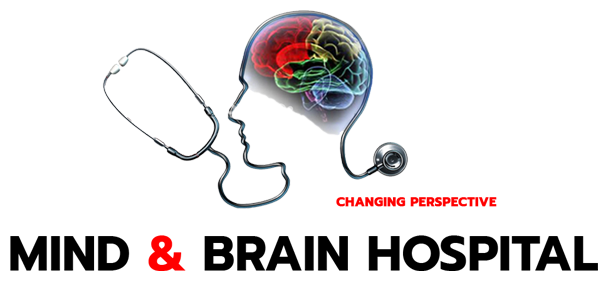
Advanced Therapy
Biofeedback therapy:
Our emotion affects our physiological functioning. Our physiological parametersincludes our EEG, Temperature, Respiration, heart rate, skin conductance. In biofeedback therapy we see the relationship between our emotions and physiological status. We try to change the emotions and then the physiological parameters. Helpful in hypertension, DM, Anxiety, paindisorders, to increase performance.BRAIN STIMULATION THERAPIES:
Brain stimulation therapies involve activating or touching the brain directly with electricity, magnets or implants to treat depression and other disorders. Electroconvulsive therapy and has the longest history of use. Other stimulation therapies discussed here- vagus nerve stimulation; repetitive transcranial magnetic stimulation, magnetic seizure therapy, and deep brain stimulation- are newer, more experimental methods.It is most often used to treat severe, treatment-resistant depression, but occasionally it is used to treat other mental disorders, such as bipolar disorder or schizophrenia. It also may be used in life threatening circumstances, such as when a patient is unable to move or respond to the outside world (e.g., catatonia), is suicidal or is malnourished as a result of severe depression.
We will be soon introducing RTMS therapy:
A typical RTMS session lasts 30 to 60 minutes and does not require anesthesia.An electromagnetic coil is held against the forehead near an area of the brain that is thought to be involved in mood regulation. Then, short electromagnetic pulses are administered through the coil.
The magnetic pulse easily passes through the skull, and causes small electric currents that stimulate nerve cells in the targeted brain region. And because this type of pulse generally does not reach further than two inches into the brain, scientists can select which parts of the brain will be affected and which will not be. The magnetic field is about the same strength as that of a magnetic resonance imaging (MRI) scan. Generally, the person will feel a slight knocking or tapping on the head as the pulses are administered.
Repetitive transcranial magnetic stimulation (Rtms) uses a magnet instead of an electrical current to activate the brain. Studies have found that RTMS is more effective in treating patients with major depression.







